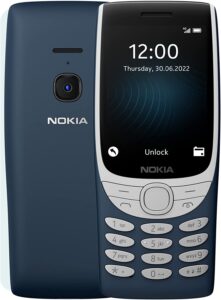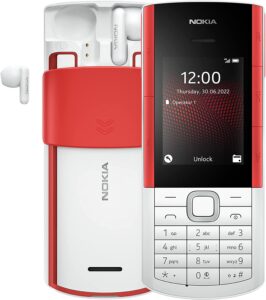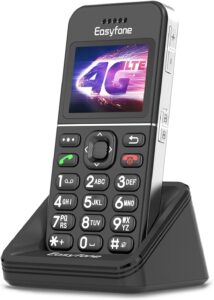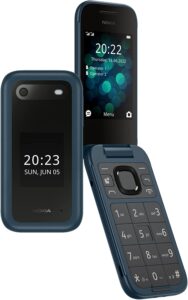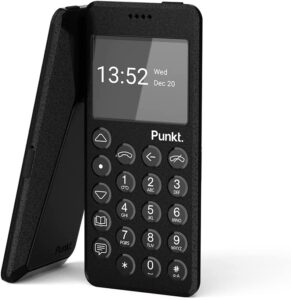Smartphones may be all the rage today but dumb phones are still very much around.
Hate smartphones? Consider basic connectivity with a dumb phone
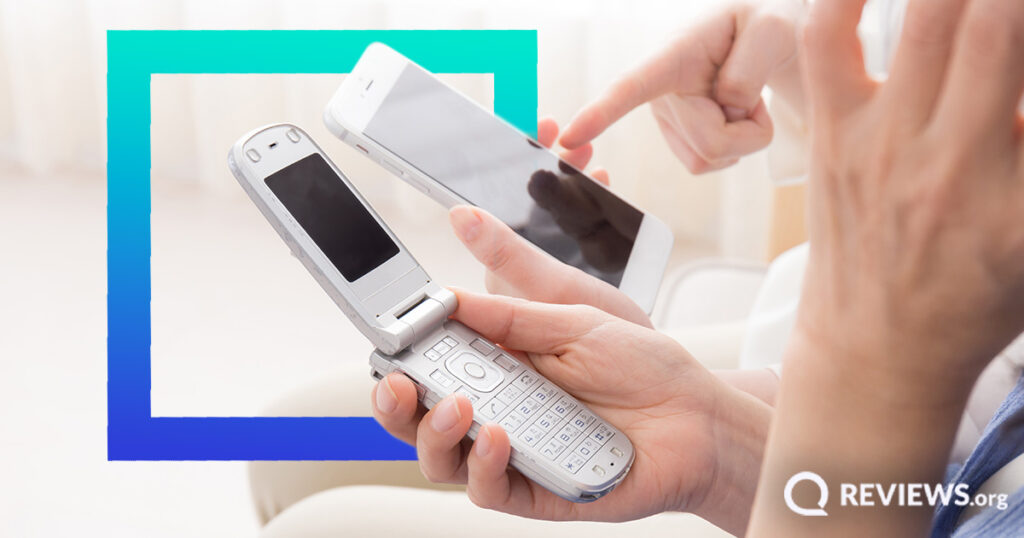
If you believe big billboard marketing, you’d think your main phone choices these days are flagship Apple iPhones or high-end Samsung phones. The truth is that not only are there mid-range and cheap smartphones available today, there are also feature phones (aka “dumb phones”).
Let’s take a closer look at how they compare.
What is a smartphone?
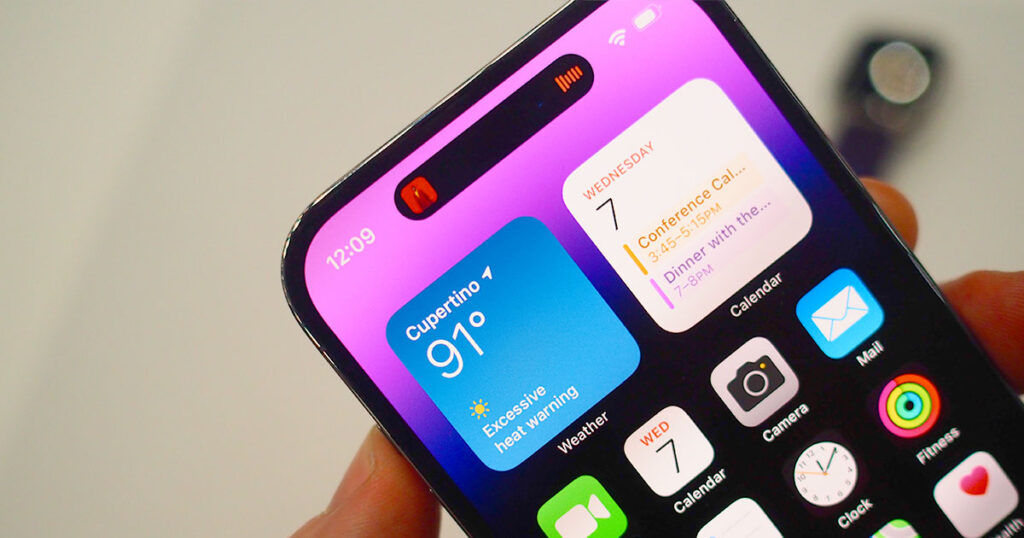
Pictured: iPhone 14 Pro
Smartphone is a term used for any mobile handset that uses data for extended functionality. While smartphones can still make calls and send texts, they also act as social media feeds and video-watching devices and that are capable of playing games.
Today’s smartphones steer away from physical face buttons and are reliant on glass touchscreens that respond to a variety of gestures to control what’s on the screen. Battery life is typically between one to two days, and anything beyond two days is considered incredible.
Flagship smartphones boast high-resolution displays, faster hardware for speedier responsiveness and cameras that can produce DLSR-like results in the right hands. Mid-range smartphones tend to have lower-resolution screens, decent responsiveness and lower-quality cameras. The cheapest smartphones tend to use cheaper plasticky materials and have even lower-resolution displays, slower performance and basic cameras.
If you’re in the market for a new smartphone, here are some popular picks from mobile providers.
Popular smartphone plans in Australia
What is a dumb phone?
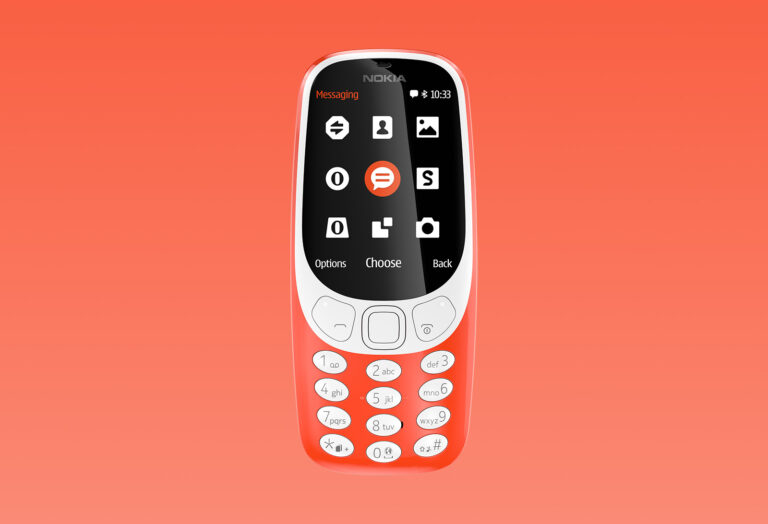
Pictured: The "new" Nokia 3310
Dumb phone is an unflattering name for a feature phone, which are also called brick phones. Feature phones, ironically, don’t have many features. They’re useful for making calls, sending text messages and not a whole lot else.
They don’t have big touchscreen displays and rely on physical digits to control. Camera functionality is basic and typically relegated to the back of the phone, so don’t expect a selfie camera. Battery life is usually great, though, stretching into weeks in terms of standby time.
While less prevalent than smartphones, dumb phones are available from manufacturers like Nokia, Opel and Aspera. Prices start at under $100 and don’t stretch too far beyond that.
Where to buy feature (dumb) phones in Australia
Smartphone vs dumb (feature) phone
So if smartphones are so smart, why would anyone consider a feature phone? It turns out there are some good reasons to consider a brick phone, particularly for kids and older adults.
Price difference
You might be able to nab a smartphone for around $200, but they are typically slow devices with average camera quality and lower-resolution screens. With feature phones, prices start at under $100 and tap out around $150, meaning they’re comparatively affordable. Flagship smartphones start at $1,000 and can be as expensive as $3,000.
With a feature phone, you don’t have to worry about data, so you can sign up for a cheap Prepaid plan and still use unlimited calls and text in Australia. Here’s a look at cheap Prepaid plans that don’t cost more than $20 a month (at least initially).
Connectivity: 5G vs 4G
If you want a phone that benefits from the perks of 4G and 5G connectivity, you want a smartphone. Because feature phones don’t have access to app stores like smartphones do, they don’t have any need for 5G connectivity. Basically, you’re effectively using a 4G feature phone only for calls and texts. Compatible smartphones can make full use of the speed perks of 5G. Check out some popular 5G plans below.
Battery life: Feature phones keep going and going
There’s no contest here. The smartness of smartphones with bright touchscreens mean they have one to three days of battery life at best. Brick phones can easily last for days on a single charge and happily sit on standby for weeks.
Form factor and durability
Smartphones are most commonly presented in a single form factor: an all-glass screen with no physical buttons. Depending on the price, the back may be plastic, glass or metal. All smartphones should be used in a case, though, to protect the screen. Pricier smartphones like the Samsung Galaxy Fold and Samsung Galaxy Flip series have foldable screens, horizontally and vertically, respectively.
For feature phones, there are two varieties of form factor. The first is a brick whose front-facing real estate is shared between physical buttons and a screen. The second is a foldable phone, whose internal screen and physical buttons are protected by the clamshell form factor (like the Nokia 2660 Flip), but it may also have a smaller external display.
Ease of use
Modern smartphones tend to have great onboarding that makes it easy for regular users and newcomers alike to familiarise themselves with features. Still, you have to wrap your head around apps to get the most out of a smartphone. Feature phones don’t have more than an app or two, which means their basic functionality is a lot easier to wrap your head around.
More functionality of smartphones and dumb phones
This is an area where smartphones have a clear lead. Feature phones are built to be phones, primarily focused on calls and texts. A brick phone may include some extended functionality, like a basic game, FM radio or even Bluetooth, but that’s about it. Smartphones can make and receive calls, but they also have apps that turn them into music and video streaming devices, powerful cameras and GPS devices.
Smartphone vs feature phone FAQs
Related Articles




